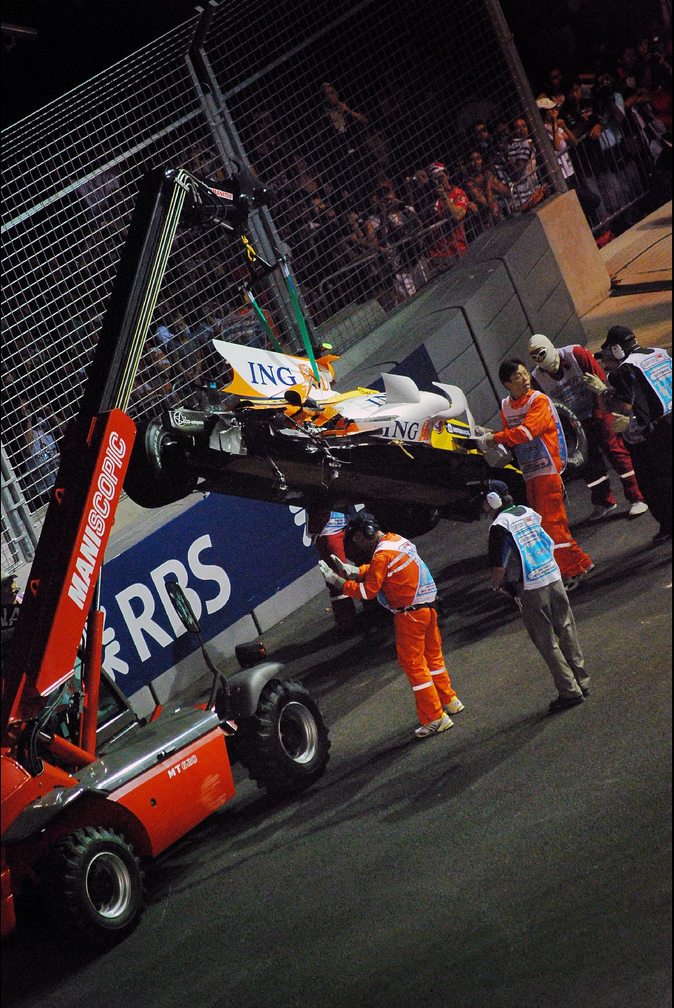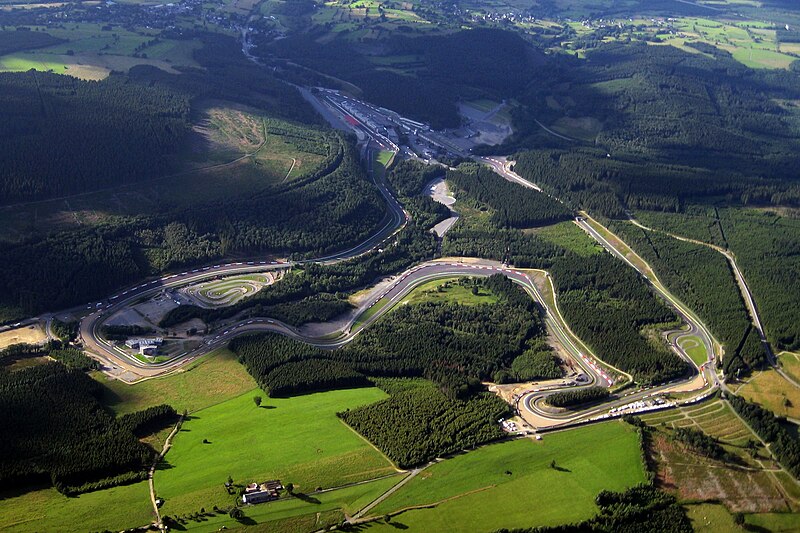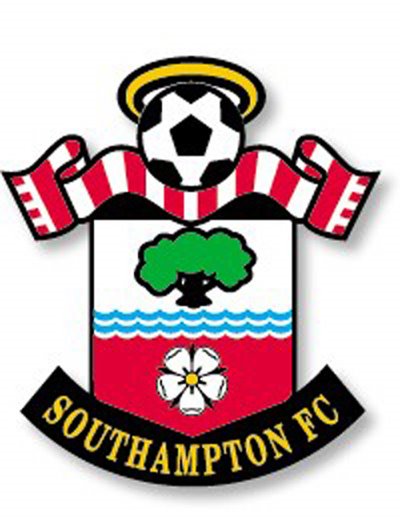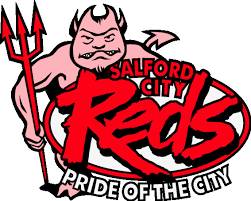In 2006 Chris Paine asked Who Killed the Electric Car? Well never mind that, how about asking why is the electric car killing cleaner technology?
There are many ways to power a vehicle, the Internal Combustion Engine is the mainstay of the motor industry due to it's simplicity. Over the years other methods have been tried by governments wishing to create a new generation of military vehicle. They have even experimented with Nuclear powered cars but the enduring dream has been the electric car. Especially in these newly environmentally friendly times people want new methods of powering cars.
The government and environmental campaigners love the electric car. It looks great for a politician to be seen next to a car with 'zero emissions'. They're wonderful and clean, none of that nasty pollution out of the back of one of these. Of course what they never mention is where the electricity to power them comes from. They sound environmentally friendly so they must be the saviours of the world.
What they're not pointing out is where the electricity your little G-Wiz is currently sucking in comes from. It has to be generated somehow. In this and many countries most mains electricity comes from coal or gas fired power stations. An electric car can only really be 'clean' if governments would fully commit to Nuclear and Renewable energy sources but, of course, they won't.
Not only are all the G-Wiz's around London not reducing the amount of Carbon-Dioxide we produce drastically, they are unsafe. In 2007 the BBC's Top Gear magazine carried out an NCAP style test on one. Upon completion it took over half an hour to extricate the test dummy, which came out in three separate parts.
Last year Honda revealed it's FCX Clarity. A car that runs on a Hydrogen Fuel Cell. Hydrogen reactions have been known to man since long before Karl Benz even though to put an Internal Combustion Engine in an automobile. Fuel cells work by reacting Hydrogen and Oxygen in the same way that a battery works. However, in this case the chemicals involved are constantly flowing into the cell so it cannot 'die' like a battery. It's like having a power station on board your G-Wiz.The only difference to strapping a coal powered station to your car, other than weight, is that the only by product of this reaction is fresh water.
The clarity is not just some pipe dream of a concept car only to be released possibly in 20 years time. It has gone into circulation already. Last year Honda made it available for customers to lease in California, where a hydrogen network had been set up to provide fuel. Honda expects to rent out at least 200 over three years across the US and Japan.
Honda's work shows that the technology is not a flight of futuristic fancy, it's genuinely usable now. All that is needed is for governments to get behind research into a technology that is genuinely good for the environment rather than placating the environmental lobby with ultimately empty gestures.














